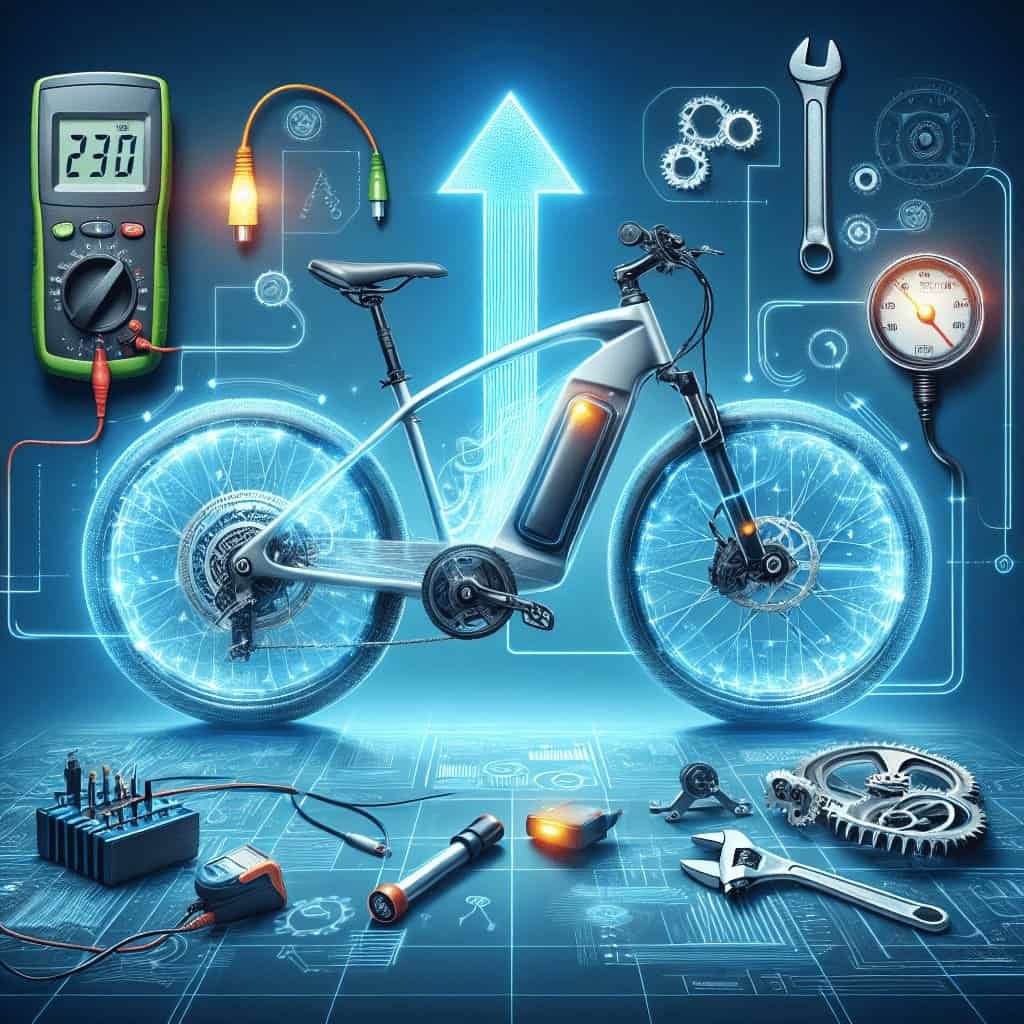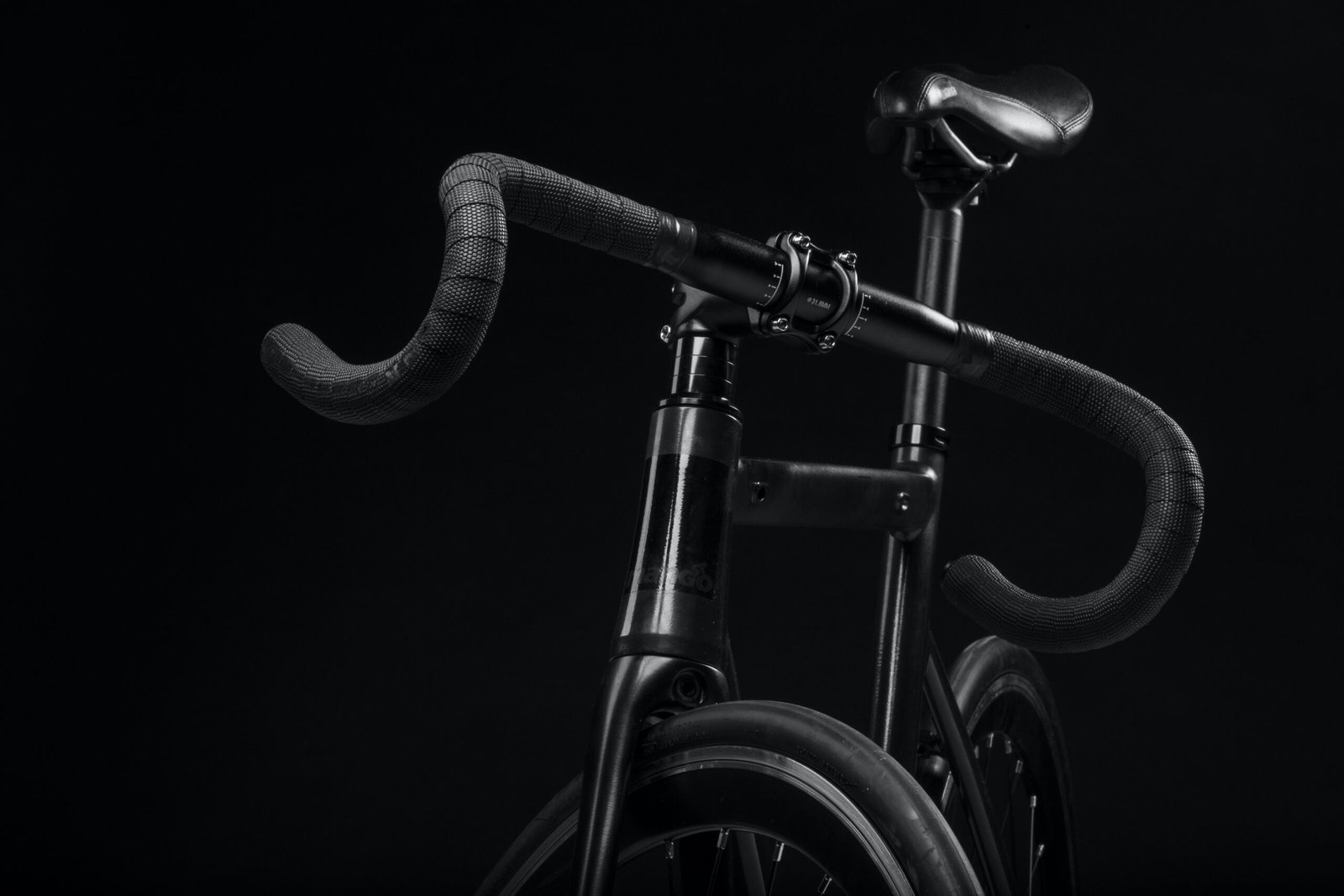If you’ve been experiencing some bumps on your electric bike rides, fear not! In this article, we’ll guide you through troubleshooting the most common issues that may be affecting your electric bike’s performance. From diagnosing battery problems to dealing with motor malfunctions, we’ve got you covered. So saddle up and let’s get your electric bike running smoothly again in no time!
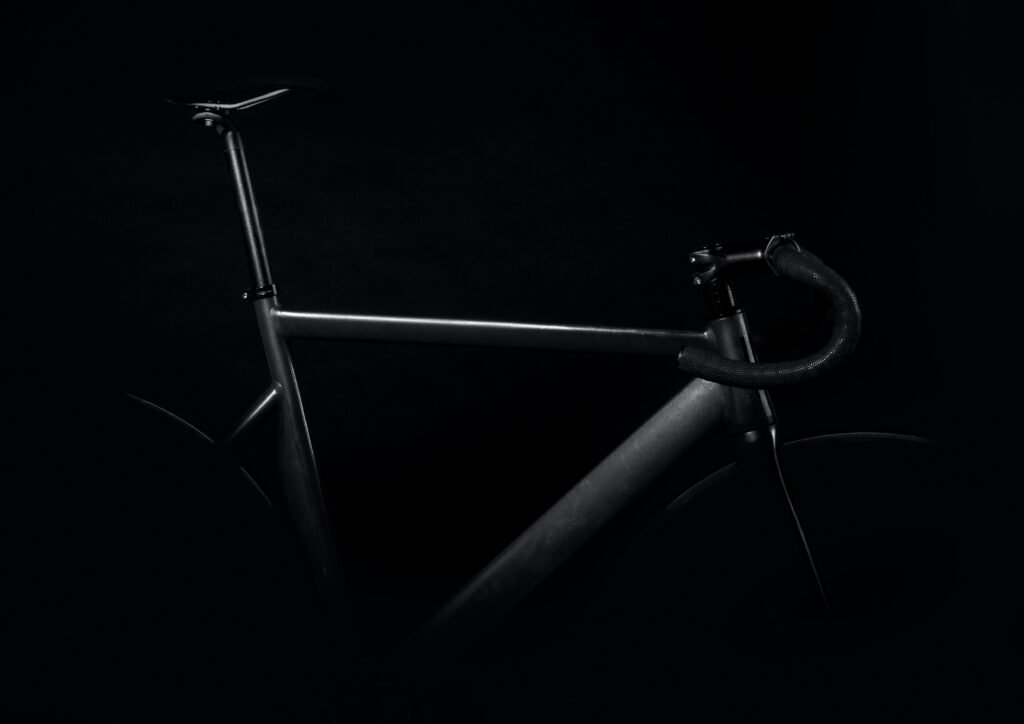
Battery Issues
Battery not charging
If you find that your electric bike’s battery is not charging, it can be quite frustrating. However, there are a few things you can check to troubleshoot the issue. First, ensure that the charger is properly connected to the battery and the electrical outlet. Sometimes a loose connection can prevent the battery from charging. If the connections are secure, check if the charger itself is functioning properly. You can try using a different charger to see if it resolves the issue. Additionally, make sure that the battery is not damaged or worn out. Over time, batteries can deteriorate and may need to be replaced if they are no longer holding a charge.
Battery draining too quickly
If you notice that your electric bike’s battery is draining more quickly than usual, there are a few potential causes. One possibility is that you are using a high power mode or riding at a higher speed, which can drain the battery faster. Consider adjusting your riding habits and using a lower power mode to conserve battery life. Another potential cause is a faulty component or wiring issue that is causing excessive power draw. In this case, it’s best to consult a professional for inspection and repair. Additionally, extreme temperatures can also impact battery performance. If you are riding in very cold or hot conditions, it may affect the battery’s capacity and overall performance.
Battery not holding charge
If your electric bike’s battery is fully charged but does not hold the charge for very long, it may indicate that the battery is reaching the end of its lifespan. Over time, batteries can lose their ability to hold a charge and may need to be replaced. However, before jumping to conclusions, check if there are any power-consuming features or accessories on your bike that could be draining the battery. For example, some electric bikes come with built-in lights or a USB port for charging devices, which can draw power from the battery even when the bike is not in use. Try disabling or disconnecting these features to see if it improves the battery’s performance.
Motor Problems
Motor not engaging
If you find that the motor of your electric bike is not engaging when you try to ride, there are a few things you can check. First, ensure that the battery is properly connected and charged. A loose or low battery can prevent the motor from engaging. Also, check the power switch on your bike to make sure it is turned on. If the battery and power switch are functioning correctly, there may be a wiring issue or a faulty component in the motor system. In this case, it is recommended to have a professional inspect and repair the motor to ensure it is working properly.
Motor running but bike not moving
If your electric bike’s motor is running but the bike is not moving, it can be a frustrating experience. One possible cause of this issue is a problem with the drive train or transmission system. Check if the chain is properly connected and tensioned. A loose or broken chain can prevent power from being transferred to the wheels. Additionally, inspect the gears to see if any teeth are worn or damaged. If the drive train appears to be in good condition, there may be an issue with the motor itself. Consider taking your electric bike to a professional for diagnosis and repair.
Motor making strange noises
If you notice unusual noises coming from the motor of your electric bike, it is important to address the issue promptly to prevent further damage. Strange noises can indicate a variety of problems, such as loose components, worn bearings, or a faulty motor. First, check if there are any loose screws or bolts on the motor housing and tighten them if necessary. If the noise persists, it may be a sign of internal damage or wear. In this case, it is recommended to have a professional inspect and repair the motor to prevent any further issues.
Electrical System
Electric bike not turning on
If your electric bike does not turn on, there are a few things you can check before seeking professional help. First, ensure that the battery is properly connected and charged. A loose or low battery can prevent the bike from turning on. Additionally, check if the power switch is in the correct position. Some electric bikes have a safety lock feature that requires the key to be inserted and turned to activate the bike. If all connections and switches are in order, there may be a problem with the electrical system. It is recommended to consult a professional for inspection and repair.
Lights not working
If the lights on your electric bike are not functioning, it can impact your safety, especially when riding at night or in low light conditions. First, check if the lights are properly connected and secured. Loose connections can cause the lights to malfunction. Additionally, check if the light bulbs are burnt out and need to be replaced. Some electric bikes have a separate battery for the lights, so check if that battery is charged and properly connected as well. If the lights are still not working, there may be an issue with the electrical wiring or a faulty light switch. In this case, it is best to have a professional inspect and repair the electrical system.
Display not functioning
If the display on your electric bike is not functioning properly, it can make it difficult to monitor your speed, battery level, and other important information. First, ensure that the display is properly connected to the bike’s electrical system. A loose connection can cause the display to malfunction. Also, check if the battery powering the display is charged and properly connected. If the connections are secure and the display is powered, but still not functioning, there may be an issue with the display itself. Consider consulting a professional for inspection and repair to ensure the display is working accurately.
Braking
Brakes not responsive
If you find that the brakes on your electric bike are not responsive or feel weak, it is important to address the issue promptly for your safety. First, check if the brake pads are worn out and need to be replaced. Worn brake pads can reduce stopping power and make the brakes less responsive. Additionally, inspect the brake cables and ensure they are properly tensioned. Loose or damaged cables can affect the braking performance. If the brake pads and cables appear to be in good condition, there may be an issue with the brake calipers or hydraulic system. It is recommended to consult a professional for inspection and repair of the braking system.
Brakes squeaking or grinding
If you hear squeaking or grinding noises when applying the brakes on your electric bike, it can be quite bothersome. These noises can be an indication that the brake pads are worn out and need to be replaced. Worn brake pads can lose their effectiveness and cause the squeaking or grinding sounds. Another possible cause is that the brake calipers or rotors are misaligned or dirty. Misalignment or dirt buildup can cause friction and noise when the brakes are applied. Consider cleaning the brake calipers and rotors or consulting a professional for inspection and repair if the noises persist.
Brakes not engaging
If you find that the brakes on your electric bike are not engaging or feel loose, it can be a safety concern. First, check if the brake cables are properly tensioned. Loose or damaged cables can prevent the brakes from engaging properly. Also, inspect the brake pads for wear or damage and replace them if necessary. If the brake cables and pads are in good condition, there may be an issue with the brake calipers or hydraulic system. In this case, it is recommended to have a professional inspect and repair the braking system to ensure it is working safely and effectively.
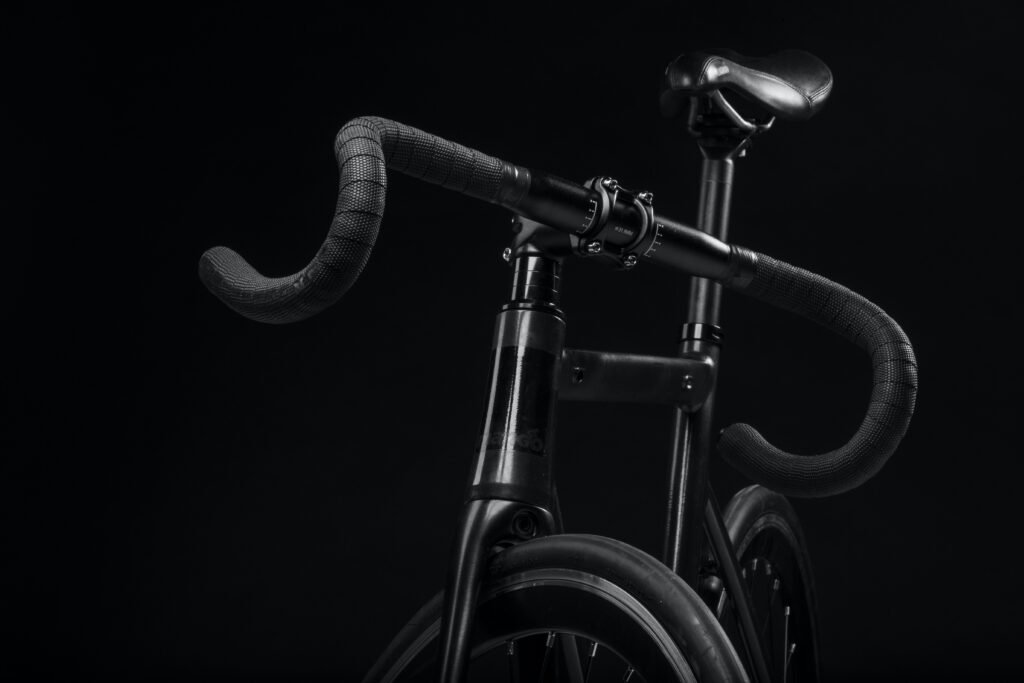
Gear Shifting
Difficulty shifting gears
If you are experiencing difficulty shifting gears on your electric bike, there are a few things you can check to troubleshoot the issue. First, ensure that the derailleur is properly adjusted. A misaligned derailleur can make shifting difficult. You can refer to the manufacturer’s instructions or consult a professional for guidance on adjusting the derailleur. Additionally, check if the gear cables are properly tensioned. Loose or damaged cables can affect gear shifting. If the derailleur and cables are in proper working order, there may be an issue with the shifter mechanism. Consider consulting a professional for inspection and repair if the gear shifting problem persists.
Gears skipping or slipping
If you notice that the gears on your electric bike are skipping or slipping while riding, it can be quite frustrating. This issue can be caused by a few different factors. First, check if the chain is properly lubricated and tensioned. A dry or loose chain can cause the gears to slip. Additionally, inspect the gear teeth for wear or damage. Worn or damaged teeth can prevent the chain from properly engaging with the gears. If the chain and gear teeth appear to be in good condition, there may be an issue with the derailleur or gear cassette. Consider consulting a professional for inspection and repair to resolve the gear skipping or slipping issue.
Gears not engaging
If you find that the gears on your electric bike are not engaging or feel loose, it can impact your riding experience. One possible cause of this issue is a misaligned derailleur. Check if the derailleur is properly adjusted and aligned with the gear cassette. You can refer to the manufacturer’s instructions or consult a professional for guidance on adjusting the derailleur. Additionally, inspect the gear cables for any damage or looseness. Faulty cables can prevent the gears from engaging properly. If the derailleur and cables are in good condition, there may be an issue with the gear cassette or shifter mechanism. It is recommended to have a professional inspect and repair the gear system to ensure smooth gear engagement.
Tire Issues
Flat tire
If you have a flat tire on your electric bike, it can put a damper on your ride. First, check if there is any visible damage to the tire, such as a puncture or a tear. If you find a puncture, you can try patching it with a tire repair kit. However, if the damage is extensive or the tire is beyond repair, it may need to be replaced. Additionally, check the tire pressure. Low tire pressure can make the ride uncomfortable and increase the risk of flats. Inflate the tire to the recommended pressure and monitor it regularly to prevent future flats.
Tire pressure too low
If you notice that the tire pressure on your electric bike is too low, it is important to address the issue before riding. Low tire pressure can affect the handling and performance of the bike. First, check the recommended tire pressure for your specific bike model. You can find this information in the user manual or on the sidewall of the tire. Use a bicycle pump with a pressure gauge to inflate the tire to the recommended level. Regularly check the tire pressure before each ride to ensure optimal performance and safety.
Tire tread worn out
If you notice that the tire tread on your electric bike is worn out, it can affect the traction and handling of the bike. A worn-out tire tread can be dangerous, especially on wet or slippery surfaces. Check the tread depth by inserting a coin into the grooves of the tire. If the tread does not reach the edge of the coin, it indicates that the tire is worn and needs to be replaced. Additionally, inspect the tire sidewalls for any cracks or bulges. Damaged sidewalls can compromise the structural integrity of the tire and increase the risk of a blowout. Consider replacing the tire if it shows signs of excessive wear or damage.

Chain and Drivetrain
Chain slipping
If you notice that the chain on your electric bike is slipping while riding, it can be quite frustrating. One possible cause of this issue is a loose chain. Check if the chain is properly tensioned and adjust it if necessary. Additionally, inspect the chain for any signs of wear or damage. A worn or damaged chain can cause it to slip. Consider replacing the chain if it shows significant wear or damage. Another potential cause of chain slipping is a worn or damaged gear cassette. Inspect the gear teeth for signs of wear and consider replacing the gear cassette if needed.
Chain skipping
If you find that the chain on your electric bike is skipping on the gears while riding, it can impact your overall performance. This issue can be caused by a few different factors. First, check the gear teeth for signs of wear or damage. Worn or damaged gear teeth can cause the chain to skip. Consider replacing the gear cassette if the teeth show significant wear. Additionally, inspect the chain for any signs of wear or damage. A worn or damaged chain can also cause skipping. If the gear teeth and chain appear to be in good condition, there may be an issue with the derailleur or chain tension. Consider consulting a professional for inspection and repair.
Drivetrain not operating smoothly
If you notice that the drivetrain on your electric bike is not operating smoothly, it can affect your overall riding experience. One possible cause of this issue is a dirty or dry chain. Clean and lubricate the chain regularly to ensure smooth operation. Additionally, check the gear teeth for any signs of wear or damage. Worn or damaged gear teeth can cause the drivetrain to operate poorly. Consider replacing the gear cassette if necessary. Another potential cause is a misaligned derailleur. Check if the derailleur is properly adjusted and aligned with the gear cassette. If the drivetrain issues persist, it is recommended to have a professional inspect and repair the drivetrain for optimal performance.
Suspension
Suspension too soft or too hard
If you find that the suspension on your electric bike is too soft or too hard, it can affect your comfort and control while riding. Most electric bikes have adjustable suspension settings that allow you to customize the stiffness to your preference. Refer to the user manual or consult a professional for instructions on adjusting the suspension. If the suspension adjustment does not resolve the issue, there may be a problem with the suspension components or settings. Consider consulting a professional for inspection and repair to ensure optimal suspension performance.
Suspension not engaging
If you notice that the suspension on your electric bike is not engaging or feels stiff, it can impact the bike’s ability to absorb shocks and bumps. First, check if the suspension is properly adjusted for your weight and riding style. Most suspensions have adjustable settings that allow you to customize the damping and compression. Consult the user manual or a professional for guidance on adjusting the suspension to your preference. If the suspension is properly adjusted but still not engaging, there may be a problem with the suspension components or settings. Consider consulting a professional for inspection and repair to ensure optimal suspension performance.
Suspension making strange noises
If you hear unusual noises coming from the suspension on your electric bike, it is important to address the issue to prevent further damage. Strange noises can indicate a problem with the suspension components or settings. First, check if there are any loose screws or bolts on the suspension forks or shock absorbers and tighten them if necessary. Additionally, inspect the suspension seals and bushings for any signs of wear or damage. Worn or damaged seals and bushings can cause noise and affect the suspension performance. If the suspension is still making strange noises, it is recommended to have a professional inspect and repair the suspension to ensure optimal performance.
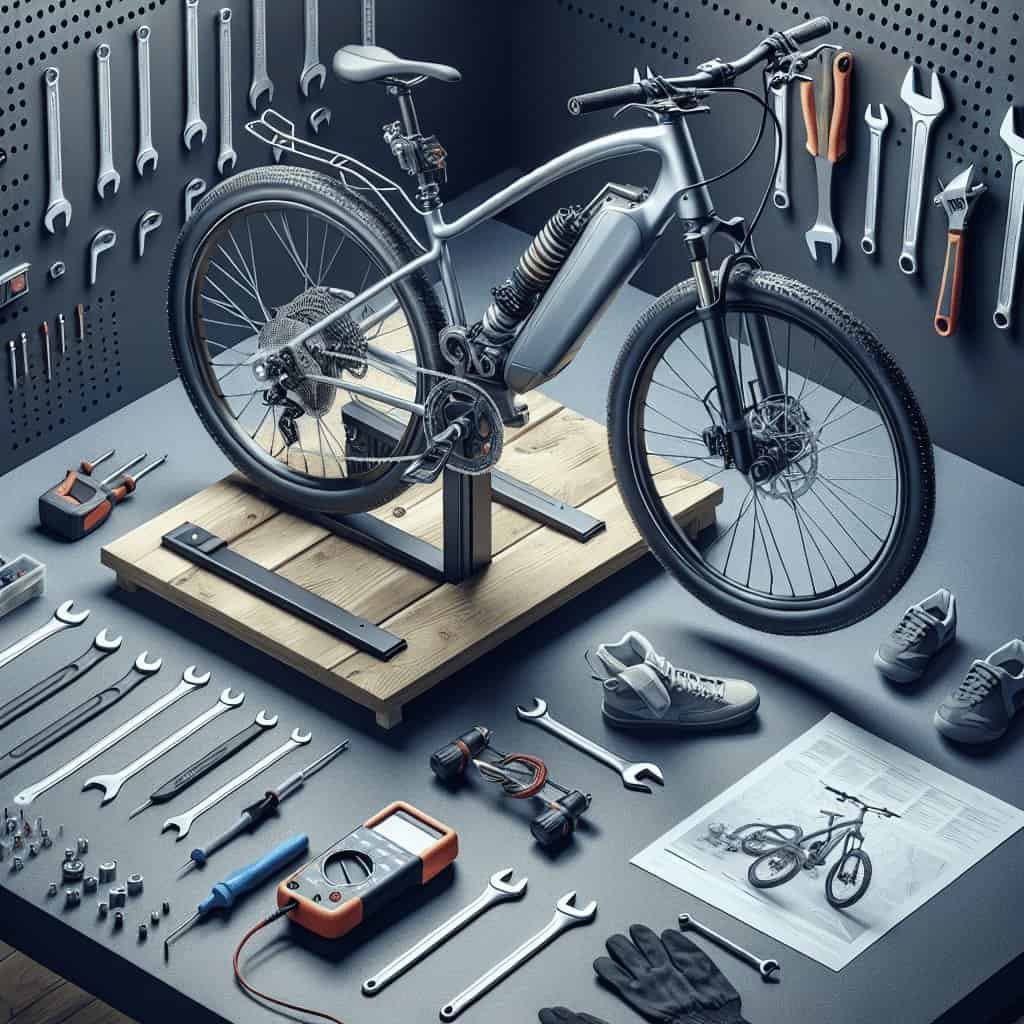
Frame and Components
Loose or rattling components
If you notice that there are loose or rattling components on your electric bike, it is important to address the issue to prevent further damage or safety hazards. First, check if there are any loose screws or bolts on the frame, handlebars, or other components. Use the appropriate tools to tighten them if necessary. Additionally, inspect the attachment points of components and accessories to ensure they are secure and properly fastened. If the issue persists, there may be a problem with the thread or connection points. Consider consulting a professional for inspection and repair to ensure the components are securely attached.
Damaged frame
If you notice any damage to the frame of your electric bike, it is important to address the issue promptly. A damaged frame can compromise the structural integrity of the bike and pose a safety risk. Inspect the frame for any cracks, dents, or bends. If you notice any significant damage, it is recommended to consult a professional for inspection and repair. They will be able to assess the severity of the damage and determine the best course of action, which may involve replacing the frame entirely.
Worn-out pedals or handlebars
If you find that the pedals or handlebars on your electric bike are worn out, it can impact your comfort and control while riding. Inspect the pedals for any signs of wear or damage, such as worn bearings or damaged threads. Consider replacing the pedals if they show significant wear or if the bearings are no longer smooth. Similarly, check the handlebars for any signs of wear, damage, or misalignment. Worn-out or damaged handlebars can affect your grip and steering. Consider replacing the handlebars if they show significant wear or damage, or if they are not properly aligned. Ensure to choose pedals and handlebars that are compatible with your electric bike model for optimal fit and performance.
Throttle or Pedal Assist
Throttle not responding
If you find that the throttle on your electric bike is not responding when you twist or press it, there are a few potential causes. First, check if the throttle is properly connected to the bike’s electrical system. A loose connection can prevent the throttle from functioning properly. Additionally, check the battery level and ensure that it is sufficiently charged. A low battery can affect the throttle performance. If the throttle is properly connected and the battery is charged, there may be an issue with the throttle mechanism itself. Consider consulting a professional for inspection and repair to ensure the throttle is responsive and functioning correctly.
Pedal assist not working
If the pedal assist feature on your electric bike is not working, it can impact your riding experience and energy efficiency. First, check if the pedal assist is properly activated. Some electric bikes have a separate button or switch to turn on the pedal assist mode. If the pedal assist is activated but still not working, there may be an issue with the sensor or wiring. Inspect the sensor and wiring for any signs of damage or loose connections. Additionally, check if the battery is sufficiently charged, as a low battery can affect the pedal assist performance. If the pedal assist is still not working, it is recommended to consult a professional for inspection and repair to ensure optimal pedal assist functionality.
Unintended acceleration
If you experience unintended acceleration on your electric bike, it can be quite alarming and dangerous. There can be a few potential causes for this issue. First, check if the throttle is sticky or jammed. Clean the throttle mechanism and ensure it moves freely. Additionally, inspect the wiring and connections of the throttle to ensure there are no loose or damaged components. Another possible cause is a faulty throttle or controller. If the issue persists, it is recommended to consult a professional for inspection and repair to ensure safe and controlled operation of the electric bike.
In conclusion, troubleshooting common issues with your electric bike’s performance requires careful observation and inspection of various components. By following the steps outlined for each category, you can identify and resolve the problems that may arise with the battery, motor, electrical system, braking, gear shifting, tires, chain and drivetrain, suspension, frame, and throttle or pedal assist. Remember to consult the manufacturer’s instructions or seek professional help when necessary to ensure the safety and optimal performance of your electric bike.
